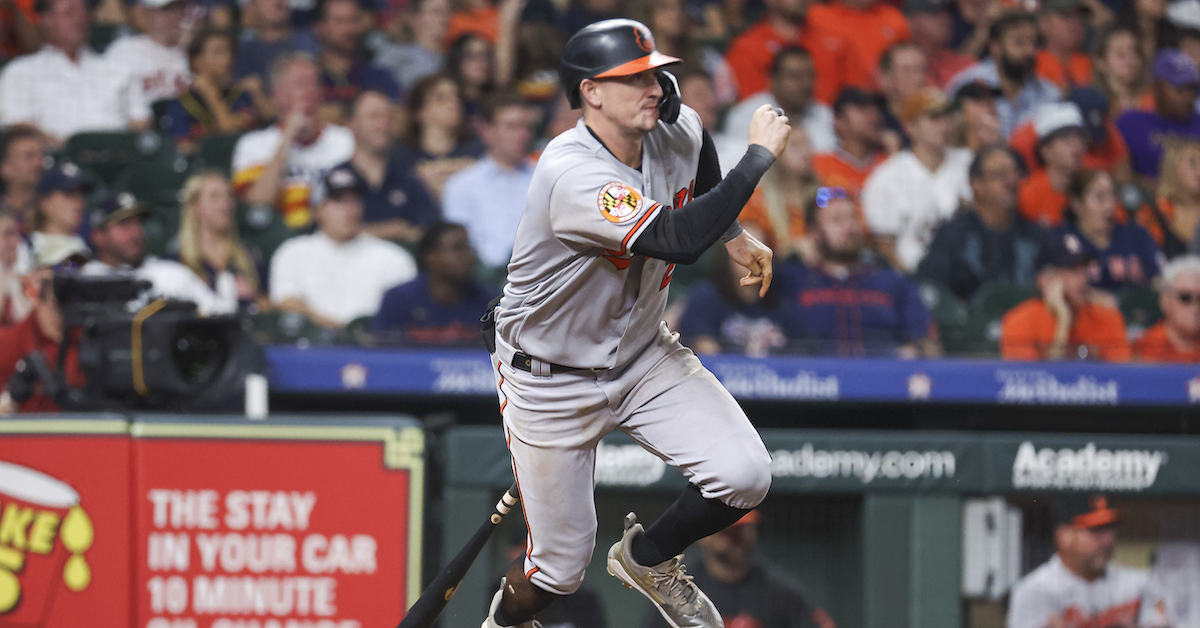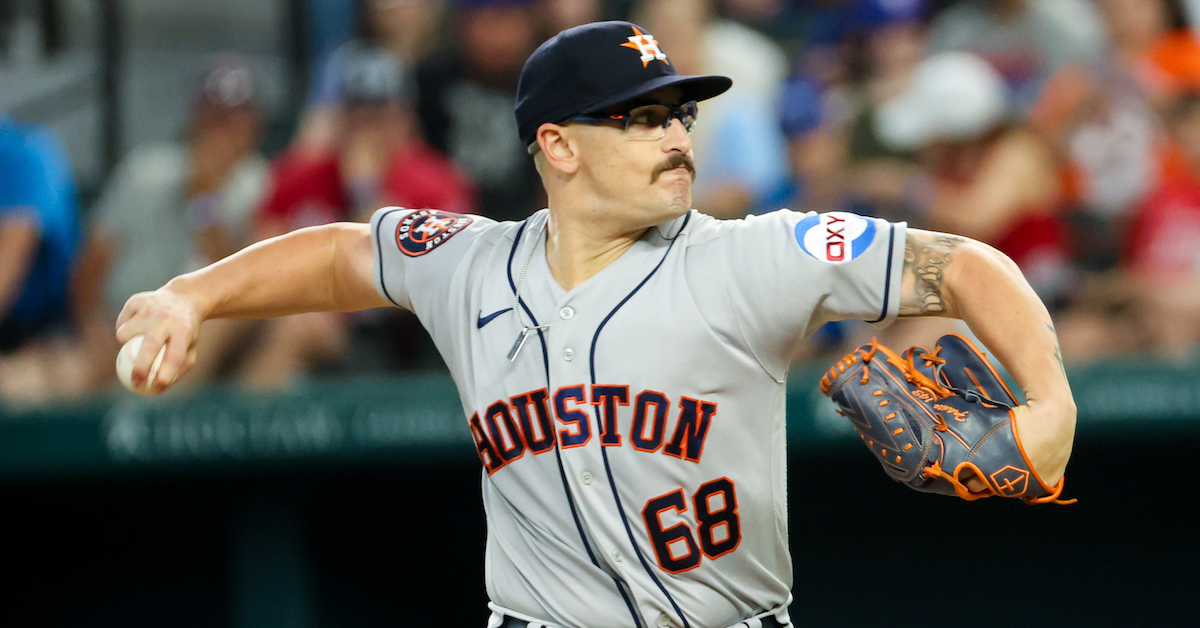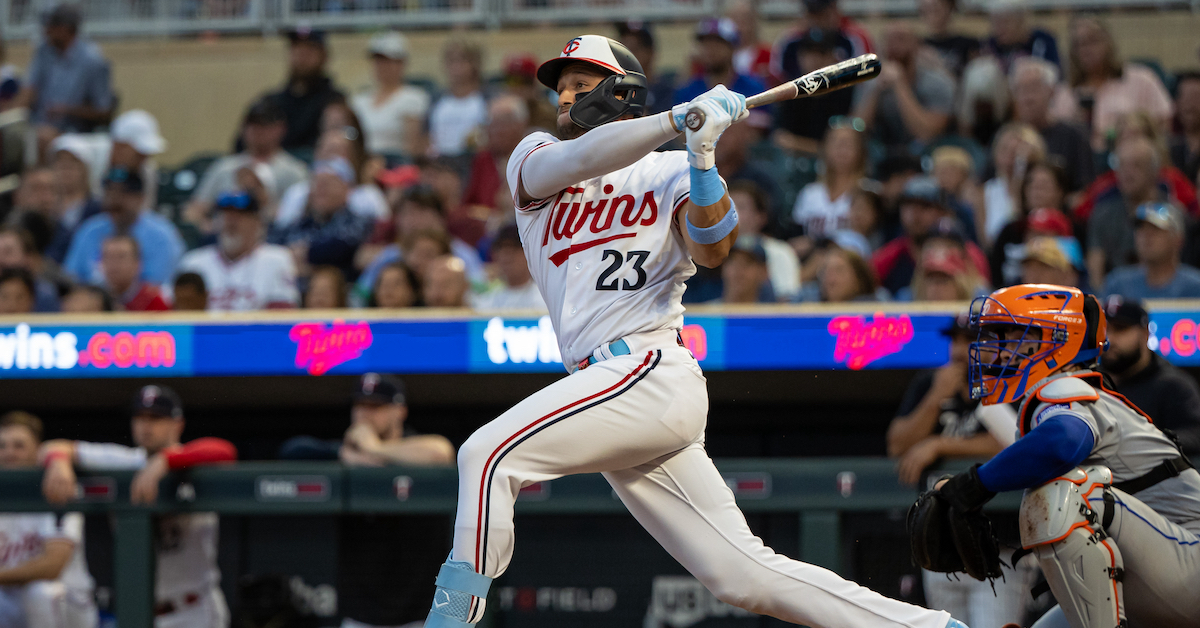Justin Steele (and Tommy Hottovy) on Justin Steele

Justin Steele has an uncommon pitch profile and an uncomplicated approach to his craft. He also has an outside chance of capturing this year’s NL Cy Young award. With two starts remaining (one if the Cubs clinch a Wild Card berth prior to Sunday’s regular-season finale), the 28-year-old southpaw is 16–5 with a 3.00 ERA and a 2.99 FIP over 168 innings. He’s not only been Chicago’s best pitcher, but he’s also been one of the best in the Senior Circuit.
Steele’s emergence as a frontline starter was portended by last year’s performance. While his won-lost record was an anything-but-eye-catching 4–7, his 3.18 ERA and his 3.20 FIP weren’t notably higher than this year’s marks. Moreover, his strikeout and ground-ball rates were actually better, as were his xFIP and HR/9. His BABIP was nearly identical. The only meaningful difference, on paper, was his walk rate, which at 3.78 was essentially double this season’s 1.88.
Prior to his last outing — a game in which he was BABIP’d to death by six consecutive fourth-inning singles — I approached Steele in Wrigley Field’s home clubhouse to get his thoughts on what has been an outstanding season. The following day, I asked Cubs pitching coach Tommy Hottovy about the pitch characteristics that make Steele a Cy Young contender.
———
David Laurila: Won-lost record and walk rate aside, a lot of your numbers aren’t all that different from last year’s. Are you more or less the same pitcher?
Justin Steele: “I would say that I’m better. The pitches are the same, I’m the same pitcher as far as that goes, but I’ve been more consistent this year. I’m not walking as many guys. I’m being competitive throughout the count, I’ve cut down on non-competitive pitches big time. So yeah, a lot more consistent.”
Laurila: Were you happy with last year?
Steele: “I think so. I was definitely happy with how I finished up [a 0.99 ERA over his last seven starts]. I felt like the entire season I was improving. That’s something that’s really important to me, always improving from start to start.”
Laurila: What’s behind this year’s improved consistency?
Steele: “I think it’s just more reps, getting more and more comfortable out there each time I take the ball. It’s like anything in life: you do it more and you get more comfortable doing it. You also get better at it.” Read the rest of this entry »








